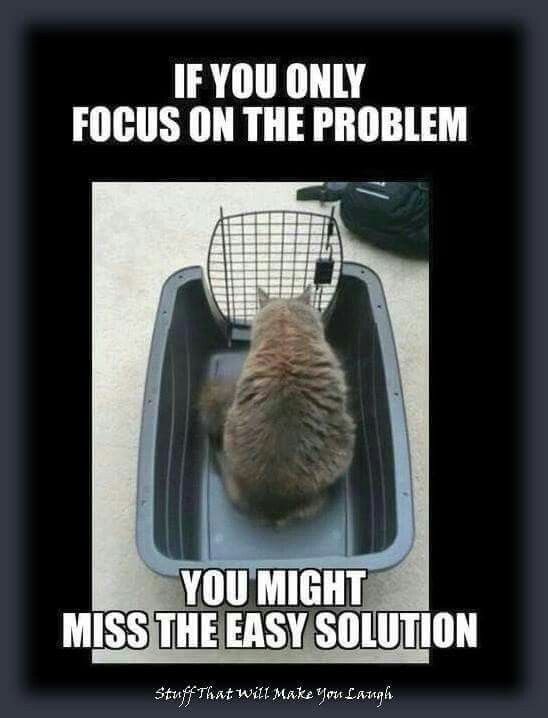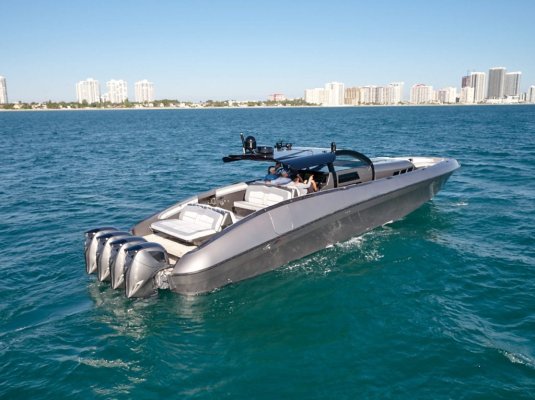Totally agree that anytime you go to WOT is to verify correct props, mechanical parts in good working order and engine in good state of tune. 15 minutes is a looong time at WOT.
Having purchased two new Crusader 350/310hp freshwater cooled engines in 2005 and having paperwork stating "fasr cruise" was 4000 RPM maximum I cruised at times 3600 and blew up an engine at 900 hours. After disassembly I found they were nothing but a normal car/pickup engine with a marine spec camshaft. Pistons, bearings, valve train and oil pumps were the same used in most car engines. My failure was a piston coming apart at 3600. I have little faith in "production" marine engines now.
My present engines were built by a former NASCAR engine builder with nothing but "bullet proof" components for RPM's to 7000, carry 8 qt. oil pans, high pressure oil pumps, oil coolers, freshwater cooling, windage trays, NASCAR rated bearings, forged rods, forged pistons, and forged stroker crankshafts. Roller marine camshafts, timing chains and rockers. They were both run after 25 hour break in installed in the boat at 4000 RPM for 10 miles at 33 - 34 knots with no problems. WOT is 4900-5000 @ 38-40 knots. I would never buy another Crusader engine ever. My present engines cost about $4500 each for parts and labor to build and I installed them. They were test run on my shop floor for 3 hours at 2000 -3000 to verify settings and no leaks.
A build along those lines is probably what I'd do to my 454s if I were building a new set. As far as I know, the primary reason for the 3400 max continuous limit on the older 454s like mine is the cast pistons and the valvetrain. Fix those and the 2 bolt mains will probably become the next limit. My big challenge if I were to build the 454s is that I either need to keep the stbd one as reverse rotation, or I'll need new transmissions, as I can't just reverse the direction of my current Velvet Drive 72Cs.
Durability wise, one of my engines got a long block at around 1400 hours after a previous operator (in the family, but not me) neglected to change some aged oil cooler lines and had one fail while up on plane. Didn't get it shut down fast enough and wiped the main bearings. Still ran fine and sounded fine, but had no oil pressure at hot idle and a bunch of metal in the oil filter.
The other engine is still original with around 1600 hours on it, plenty of those turning 3200 - 3400 rpm up on plane. Still shows good oil pressure (better than the rebuilt one actually), compression is still good and I can't tell a difference in how the 2 engines run. Oil consumption over this season was about 1/8 quart in ~90 hours for the newer engine, a little under 1 quart in ~90 hours for the older one. Mine are Mercruisers with the Thunderbolt IV ignition.
Building new, I'd either keep the Quadrajet carbs and update to Thunderbolt V ignition (adds knock sensors and a much more efficient light load timing curve), or I'd go for something like the Holley Sniper Marine EFI and let that also do timing control. If I were feeling like more effort and money, I'd consider a fancier multiport EFI setup, but that increases the number of connections containing pressurized fuel by a lot, so I'm hesitant there.
Out of the box, a lot of marine gas engines make a few too many compromises in my mind. They're aimed at keeping costs down and providing a reasonable lifespan while being operated by idiots. That leads to dumb decisions like Merc putting 140* thermostats in my fresh water cooled engines, no oil cooler thermostats, etc. I've updated to 160* thermostats for better efficiency and less wear (and have considered going to 170s, as they run 175 - 180 on plane anyway, so being a little closer to that at low speed would be fine). I also intend to monitor oil temperatures at low speeds and decide if they'd benefit from thermostats on the oil coolers to allow things to warm up better when not being run hard.



